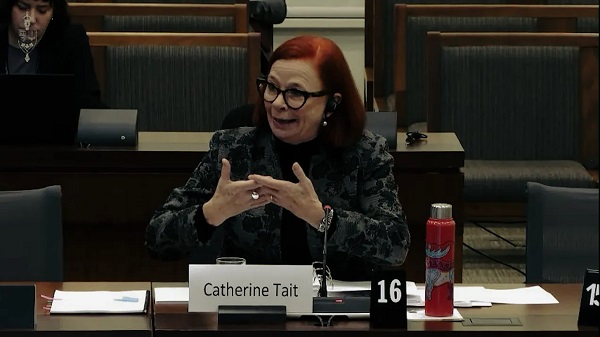Business
City council considers Entertainment District status for the Ross Street Patio

By Mark Weber
Downtown Business Association officials are thrilled that City council passed first reading this past week on a new bylaw that would see the Ross Street Patio receive ‘Entertainment District’ designation.
The move follows a request from the DBA made several weeks ago, explained Amanda Gould, executive director. According to the City, Entertainment Districts are new to the province, having been created last December through an amendment to the Gaming, Liquor and Cannabis Act. The designation would allow certain public areas – in this cast the Ross Street Patio – to be a place where adults could consume alcohol outside of a licensed premises while taking in various forms of live entertainment. “It’s really the natural next step for the Ross Street Patio,” said Gould. “The Patio is already becoming the home for live music, and we are getting more and more people coming downtown to enjoy it. As a result, a lot of people are using the restaurants along the Patio there.
“Because of that, a lot of times their patios are full. And so they often have people asking if they can buy a drink and take it out onto the actual Patio. Unfortunately, they have to say no.” But with Entertainment District designation, that could all change.
Gould noted that it would help to further revitalize the downtown core by drawing more folks down to not only check out the entertainment that is running on the Patio all summer, but to also see all that downtown ultimately has to offer.
“It will help to make the Ross Street Patio even more popular than it already is,” she said, adding that she approached Council about the designation about eight weeks ago.
“It has all moved really fast – the City has been wonderful with this. They talked about it in council, and everyone was really supportive of it. It went to first reading, and it was unanimously supported,” she said. Second and third reading are expected to take place later in June.
“In the meantime, we’ve met with businesses and found out what their preferred operating times are. We’ve also tried to discover any issues that they can think of and how we could mitigate any challenges, and things like that,” she added. “But the businesses are so keen to do this – they are absolutely pumped.”
According to Erin Stuart, the City’s inspection and licensing manager, “Research into the topic has shown that, while relatively new in Canada, there are numerous international jurisdictions where open consumption is allowed in public areas.
“Learnings from those areas show that Entertainment Districts provide opportunities for municipalities to revitalize key neighbourhoods, drive tourism, and support local businesses,” she said in a release. “Working with the Downtown Business Association is an opportunity for a unique partnership and provides the option of working together on any issues that arise.” Prior to the May 24th meeting, City administration determined a new bylaw was needed to support the DBA’s request and sought direction from Council before proceeding.
A short timeline for implementing the designation would also of course maximize the use of the summer season. The release also noted that an Entertainment District in Red Deer would not allow public intoxication, underage drinking, use of cannabis, or the bringing in/taking away of alcohol to/from the district. The release also pointed out that the bylaw would be the first of its kind in Canada.
“It’s awesome,” said Gould in reflecting on the level of support shown for the Entertainment District concept here in Red Deer. “I’m delighted. I just came out of a meeting with the businesses and the City, and it’s just great. I’m just so excited for it.” In the meantime, she said this past week has marked the first official week of summer programming on the Ross Street Patio.
The Wednesday market is also in full swing. Visitors are invited to come down and purchase all their fresh fruits and veggies between 3:30 and 6:30 p.m. each Wednesday. Live music on the Ross Street Patio is a key feature on Wednesdays as well. And with the official kick-off to summer on the Patio having taken place, part of the celebration included the introduction of a limited-edition Ross Street Patio beer developed in partnership with Sawback Brewing.
The special beer will be available through the summer and will also be featured at several downtown restaurants. As for entertainment plans, performances on the Patio will run on Wednesdays, Thursdays and Fridays. For more about the Downtown Business Association and all that is planned for the Ross Street Patio, find them on Facebook or visit www.downtownreddeer.com.
Business
While Canada’s population explodes, the federal workforce grows even faster
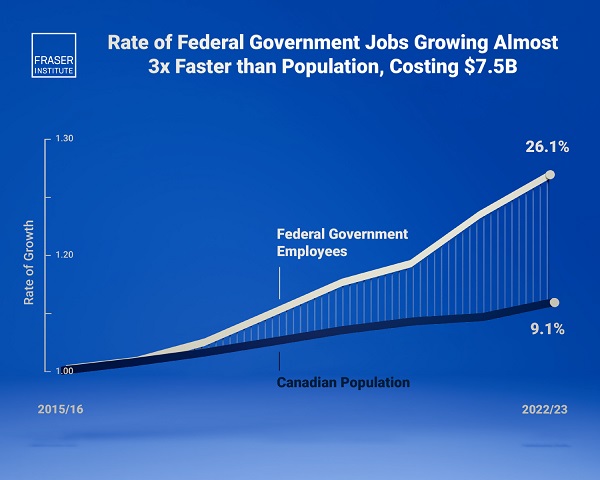
From the Fraser Institute
By Ben Eisen and Milagros Palacios
Hiring by the federal government in excess of population growth cost taxpayers $7.5 billion in 2022/23.
The federal workforce has grown more rapidly than the Canadian population starting in 2015/16, imposing significant costs on taxpayers, finds a new study published by the Fraser Institute, an independent, non-partisan Canadian public policy think tank.
Federal government employment has grown significantly faster than the Canadian population starting in 2015/16, and we’re already seeing the consequences,” said Ben Eisen, senior fellow at the Fraser Institute and author of Growing Government Workforce Puts Pressure on Federal Finances, the first in a series of studies on federal reform.
The study finds that between 2015/16 and 2022/23, the latest year of data available, the number of full-time federal workers has increased by 26.1 per cent compared to growth in the overall Canadian population of 9.1 per cent.
“Growth in federal employment has almost tripled the rate of population growth since 2015/16, which is simply unsustainable” commented Eisen.
How much will this growth in government cost Canadian taxpayers?
According to the study, if federal hiring had simply kept pace with the rate of Canada’s population growth taxpayers would have saved $7.5 billion.
The reduced spending on federal employees would lower the federal deficit, which is expected to exceed $35.3 billion in 2022/23.
“The growth in the number of federal employees has been a major contributor to the growth in federal government spending and the size of deficits in recent years,” Eisen said.
- The Canadian federal government workforce has grown more rapidly than the Canadian population starting in 2015/16, imposing significant costs on taxpayers.
- In fact, between 2015/16 and 2022/23, the latest year of data available, the number of full-time federal government workers has increased by 26.1 per cent, compared to growth in the overall Canadian population of 9.1 per cent.
- If federal hiring had simply kept pace with the rate of Canada’s population growth taxpayers would have saved $7.5 billion.
- The reduced spending on federal employees would lower the federal deficit, which is expected to exceed $35.3 billion in 2022/23.
Business
From Smug to Subservient, Justin Trudeau Bows to MAGA Realities at Mar-a-Lago

After years of mocking Trump and betting on a woke Washington, Trudeau now finds himself groveling to save Canada’s economy from MAGA’s hardball tactics.
Justin Trudeau has spent years mocking and deriding the MAGA movement, banking on a continuation of woke, progressive leadership in Washington. He bet everything on a Kamala Harris presidency, believing the days of Donald Trump’s America-first agenda were a distant memory. Now, with Trump back in office, Trudeau finds himself groveling at Mar-a-Lago, trying to salvage what’s left of Canada’s crumbling economic future.
This is the same Justin Trudeau who painted MAGA as a dangerous fringe movement, aligning himself with global elites and lecturing Americans on their supposed moral failings. He openly scoffed at Trump’s tariffs, his immigration policies, and his tough-on-China stance. Trudeau’s bet? That a Democrat-controlled America would reward his sycophantic pandering with favorable trade deals and continued subsidies for his progressive fantasies.
But Trudeau’s gamble failed. Trump is back, and Trudeau’s entire house of cards is collapsing. Canada’s economy, propped up by unfair trade advantages and U.S. energy consumption, is suddenly exposed. The 25% tariff threat on Canadian imports has Trudeau scrambling, not with bold leadership, but with empty promises and nervous laughter at Mar-a-Lago.
In a moment of pure irony, Trudeau, who once lectured Trump about values, now finds himself kneeling to kiss the ring. MAGA, what? Gone is the smug defiance, replaced by desperate platitudes about border security and economic cooperation. But let’s be clear: Trudeau isn’t there to protect Canadian interests; he’s there to save face. His government is woefully unprepared for Trump’s hardball tactics, and the Prime Minister’s office knows it.
During a recent dinner at Mar-a-Lago, President-elect Donald Trump reportedly suggested that Canada could become the 51st U.S. state if it couldn’t handle the economic impact of proposed tariffs. This remark came after Prime Minister Justin Trudeau expressed concerns that a 25% tariff on Canadian imports would “kill” Canada’s economy.
Trump’s comment underscores the significant economic interdependence between the two nations. In 2022, trade between the U.S. and Canada exceeded $900 billion, with the U.S. accounting for 63.4% of Canada’s global trade. This deep economic integration means that shifts in U.S. trade policy can have profound effects on Canada’s economy.
Trump’s quip about Canada becoming the “51st state” wasn’t just a joke; it was a power move, a reminder of who holds the cards in this relationship. While Trudeau nervously laughed, the message was clear: Canada needs the U.S. far more than the U.S. needs Canada. Trudeau’s weakness has brought us here. Instead of securing energy independence, he’s strangled Alberta’s oil industry with crippling regulations. Instead of standing up to China, he’s kowtowed to Beijing while relying on U.S. trade to keep his agenda afloat.
And now, Trudeau is at the mercy of a man he spent years mocking. Trump’s tariffs are a direct consequence of Trudeau’s inability to lead. His failure to address illegal immigration and the fentanyl crisis has made Canada not just a bad neighbor, but a liability.
Trudeau’s Liberals have always been more concerned with appearances than action, more focused on virtue signaling than real governance. But now, the bill has come due. And the man holding the ledger is none other than Donald J. Trump.
So here we are: Justin Trudeau, the woke globalist, reduced to pleading for mercy at Mar-a-Lago. His smugness replaced by desperation, his rhetoric exposed as hollow. MAGA what, indeed.
Subscribe to The Opposition with Dan Knight .
For the full experience, upgrade your subscription.
-

 David Clinton2 days ago
David Clinton2 days agoWhat Happens When Ministries Go Rogue?
-
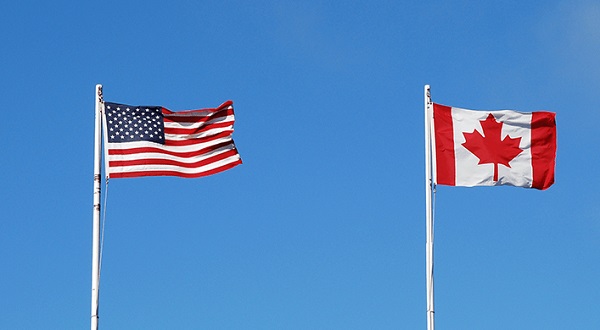
 Crime2 days ago
Crime2 days agoWhat did Canada Ever Do to Draw Trump Tariff on Immigration, You Ask? Plenty
-
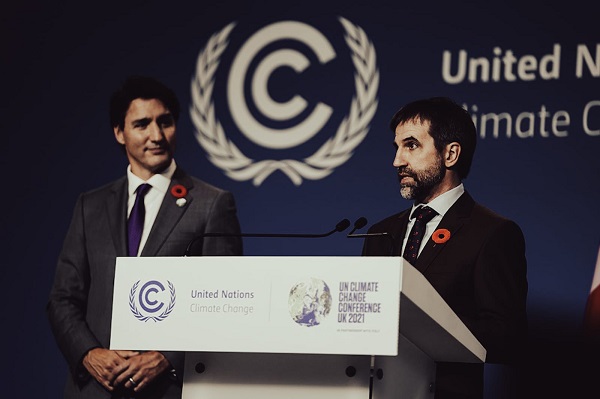
 Automotive2 days ago
Automotive2 days agoNorthvolt bankruptcy ominous sign for politicians’ EV gamble
-
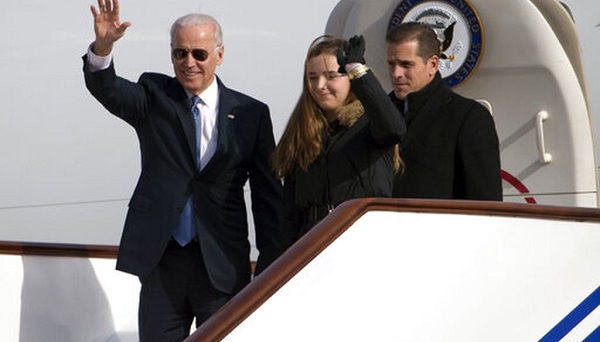
 Daily Caller2 days ago
Daily Caller2 days agoCNN’s Scott Jennings Says History Will Remember Biden As ‘Complete And Total Disgrace’ Over Hunter Pardoning
-
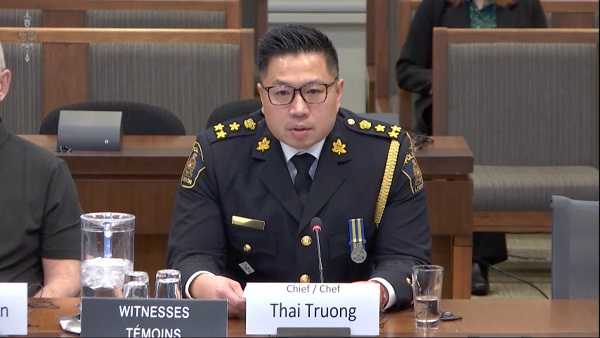
 Addictions2 days ago
Addictions2 days agoLondon Police Chief warns parliament about “safer supply” diversion
-

 Automotive2 days ago
Automotive2 days agoElectric-vehicle sales show modest spark
-

 Health2 days ago
Health2 days agoFauci admitted to RFK Jr. that none of 72 mandatory vaccines for children has ever been safety tested
-

 Daily Caller2 days ago
Daily Caller2 days ago‘Dark Day’: Another Western Country Backs Doctor-Assisted Suicide, Opens Door To ‘Murder Of Old And Sick’





